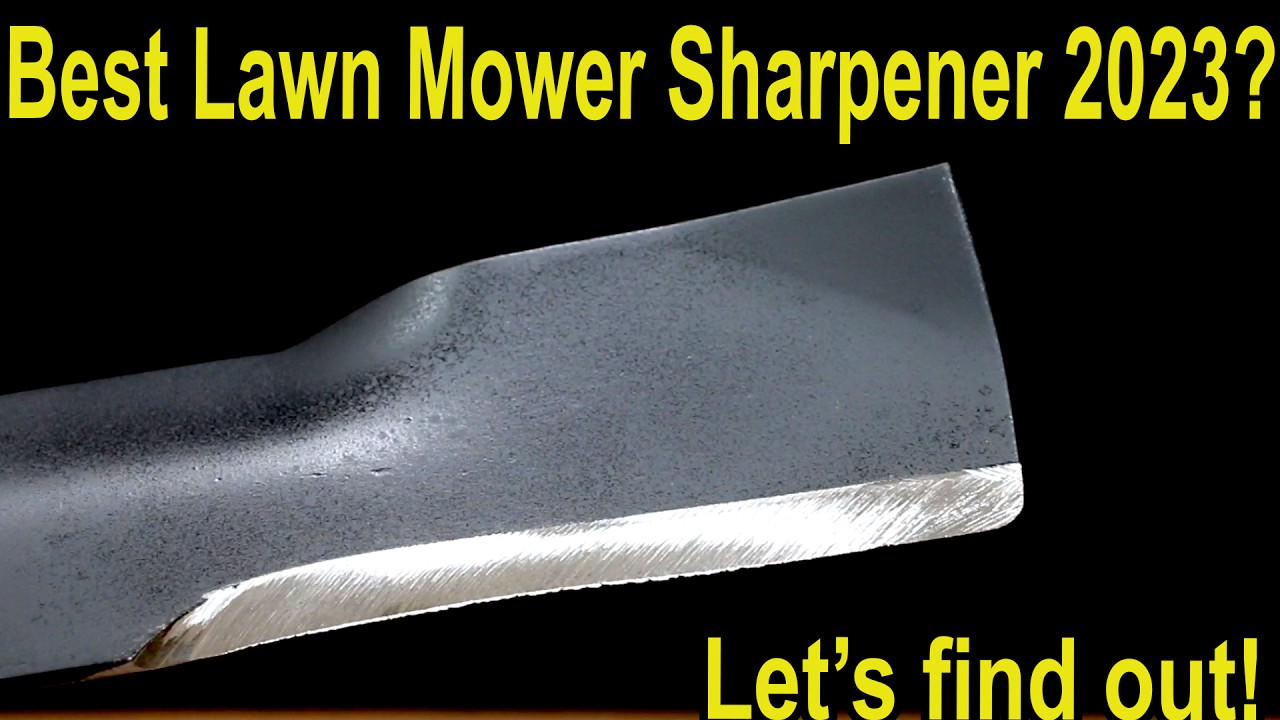Forum

About Me
Lawn superior mower blades sharpener blades get worn out and require replacement regularly to keep your lawn looking its best. The replacement of blades is an simple project that takes several steps and basic tools.
The best lawn mower blades will have sturdy materials for construction that can help ensure they last a long time without getting rusted easily. Blades should be able to handle extreme forces.
Deck Blade
The primary component of a lawnmower is the cutting blade. The blade is contained inside a casing that is known as the deck. It comes in different dimensions, shapes and designs. Each comes with its own specs, and must be able handle high-speed contacts with grass and other objects.
Standard blades are curvaceous and lift the grass in a scissor like action. The blade's curve also aids in dispersing the clippings. The blade is not as powerful than one with a higher lift and is suitable for use on sandy or dusty terrain.
Cylinder or reel blades consist of three to seven blades that have helical design, which are joined to the form of a circular reel that rotates. These blades are used in gas-powered or reel-powered lawn mowers. They're the most popular kind of mower blades, and they're easy to replace. Many hardware or lawn care stores can make the blades more balanced and sharper at a low charge.
Standard Blade
The most commonly used blade used on lawn mowers is the flat blade. It is specifically designed to cut grass but does not have any particular features, such as mulching or bagging. It's suction is minimal and can be used with all kinds of grass.
The blades of high-lift blades are angled so that they maximize airflow. They create a vertical suction that pulls the grass to the deck. It gives a crisp appearance for your lawn. The blades can also be used to mowing on sandy surfaces.
When using the lawn mower blades, make sure that the holes for the shear pins are aligned correctly with the center bolt hole of the mower. The blade will not seat properly on the boss if it is not aligned correctly. This can lead to the blade wearing away more quickly than anticipated. To make sure that the shear pins are set properly, it is suggested to check your mower's manual or parts list for the exact location of the holes.
Lifting Blade
These blades circulate air to prevent clogging within the mower deck, yet still giving the highest quality cut. The blades are bent inward to create a vacuum which raises the grass and delivers it into the bagging system or to the side discharge.
These blades are also better in cutting grass that is longer than blades that have less lift. They're also perfect for clippings of lawn that are destined to be mulched. You can utilize them with either a 3-in-1 or 2-in-1 blade.
The blades have only an issue if you are using a lawn mower equipped with strong engines. They are also not recommended for areas with dusty or sandy surfaces where sand and grit can be sucked up and cause damage to the mower deck more quickly.
Mulching Blade
The blade is a very popular alternative for those who do not use bags. It allows clippings from your mower to be discharged into the chute for discharge. They have bigger "wind wings" that are larger than those on standard lawn mowers. This allows them to provide more efficient airflow beneath the grass clippings. They are then safely discharged by your mower.
To ensure that your lawn mower's mulching blade has been properly installed, examine its bevel (the slope at the blade's edge responsible for cutting) to ensure it is pointed downwards towards the ground when mowing. If not the sharp end of the blade could cause scratches to the deck of your mower. Also, make sure it's not bent to an awkward angle. It can be rendered ineffective to cut larger grass. This is typically a sign of a damaged blade.
Location
Occupation

